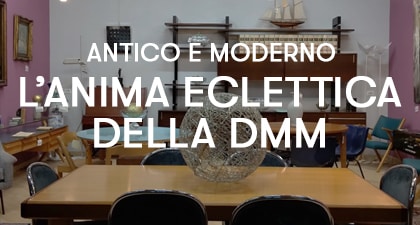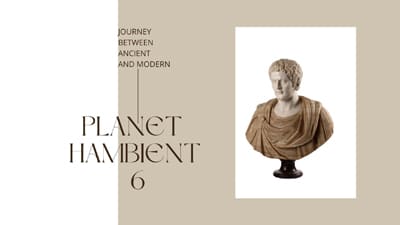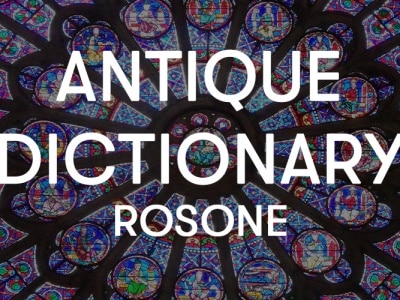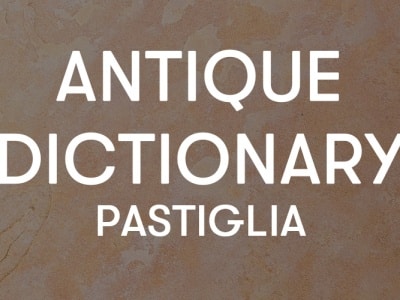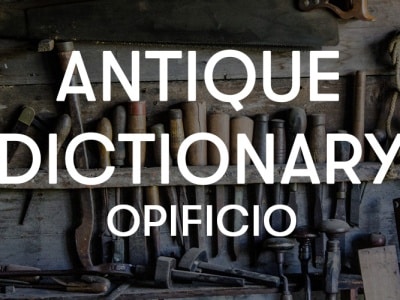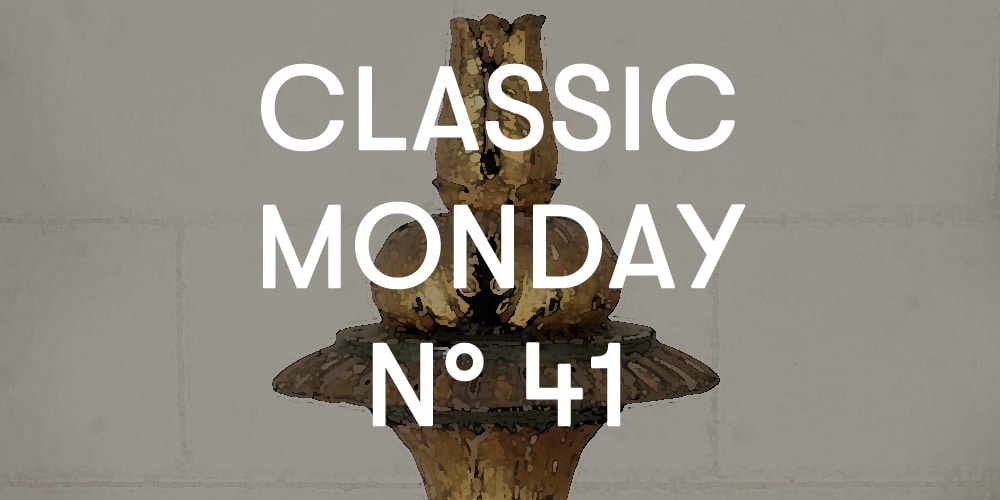
Although it was a piece of furniture intended for the private rooms of homes, this did not mean that the bed was considered less important.
Although it was not found in rooms normally accessible to guests, the furniture of the bedrooms was, especially in the most luxurious residences, highly sought after and expression of the taste of the time. So in the Empire era even the rooms intended for personal use and, therefore, also the beds, reflect the dictates of the fashion of the moment.

Historically characterized by the period that began from the appointment of Napoleon Bonaparte as emperor until the Congress of Vienna and the Restoration of the ancient regimes, the Empire is also characterized by a very specific style. The furniture is characterized by a rigorous setting and a majesty of forms, daughters of the martial culture of the period. Evident are the references to classical antiquity, used as a model of a glorious past to look to as an example. These characteristics are therefore found in the furniture that furnishes the houses of the first quarter of the nineteenth century, including bedrooms.
This is the case of the protagonist of our Classic Monday. It is an empire bed in walnut wood, of Tuscan origin, supported by plinth feet, elements that distinguish the furniture of this era.

Very special are the decorations that adorn the footboard. The uprights are in fact made up of two turned columns tapering upwards. The ebonized wood of the stem creates a game of contrast with the carved elements with laurel leaves, entirely gilded, which adorn the base. On the top stands instead a pine cone, always carved and gilded. The headboard is instead characterized by more square and massive shapes. However, it too is adorned with completely gilded elements. On the sides there are two pinnacle elements, carved with laurel leaves, acanthus and baccellate frames. This type of decorative elements are fully expression of the Empire taste.
The grandeur of the forms, the magnificence of the decorative elements reflect the martial climate and the reference to antiquity so sought after.
Acanthus leaves and pine cones in particular are the revival of ornamental motifs widely used in the past. Used above all in architecture and triumphal apparatus, they are taken up and adapted to the dictates of the Empire. Certainly fundamental in this revival of the glorious past eras, were the Napoleonic campaigns in Egypt, but also the discovery, which took place only in the previous century, of the cities of Herculaneum and Pompeii.
A glorious past is re-proposed, of which the man of these years feels worthy heir. It therefore becomes necessary to remember the roots of one’s own culture, even in furnishing and furniture, including those for strictly personal use, such as a bed.








